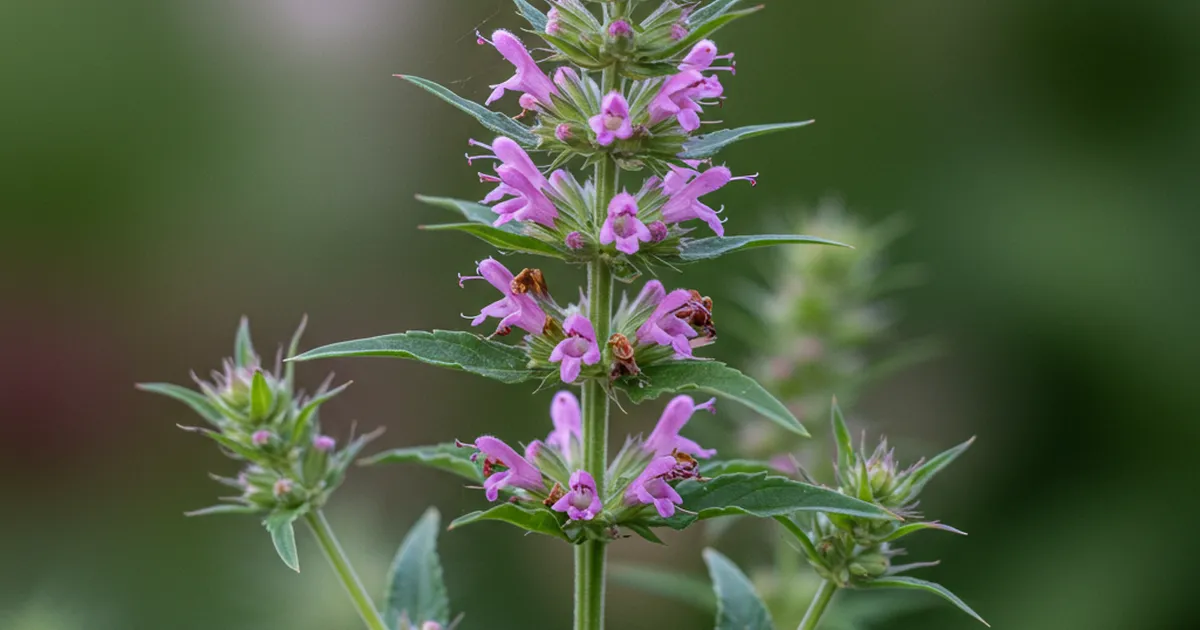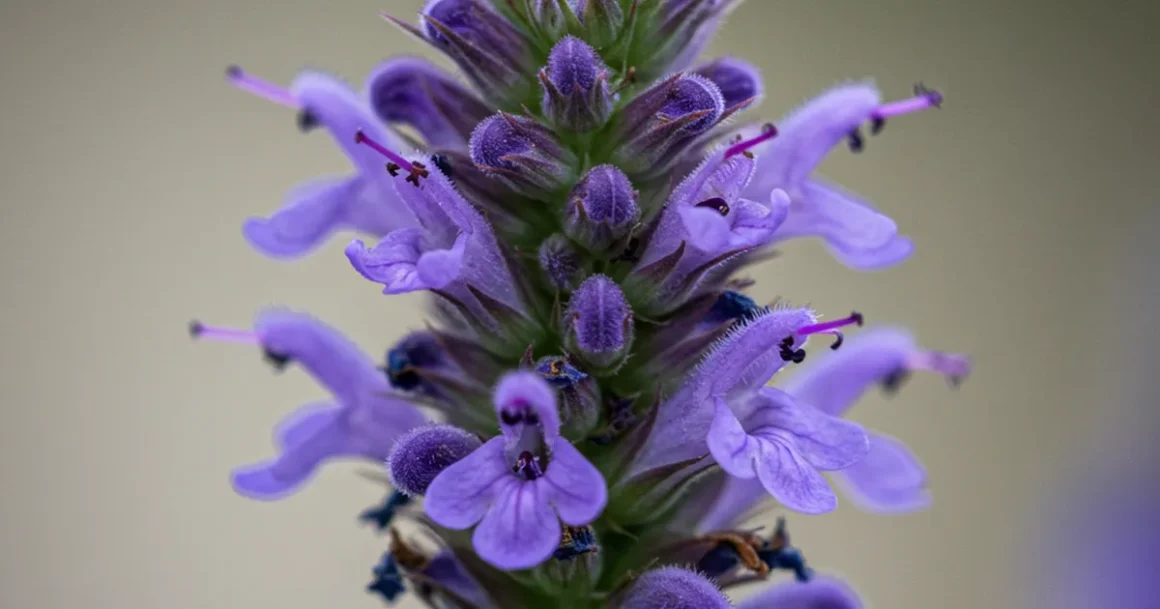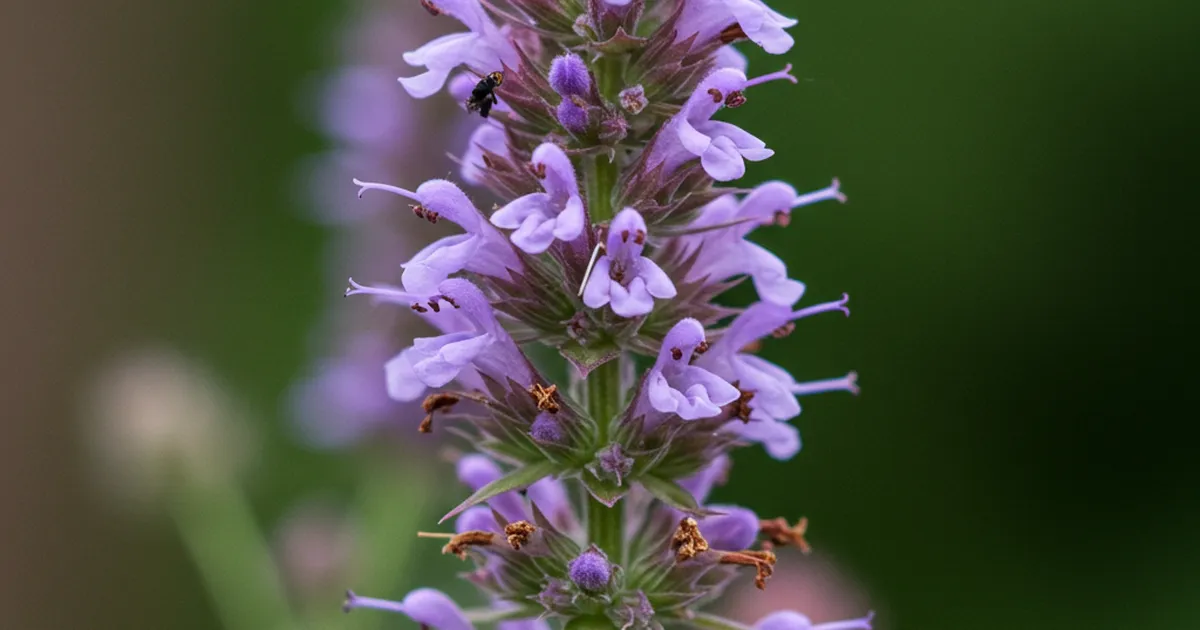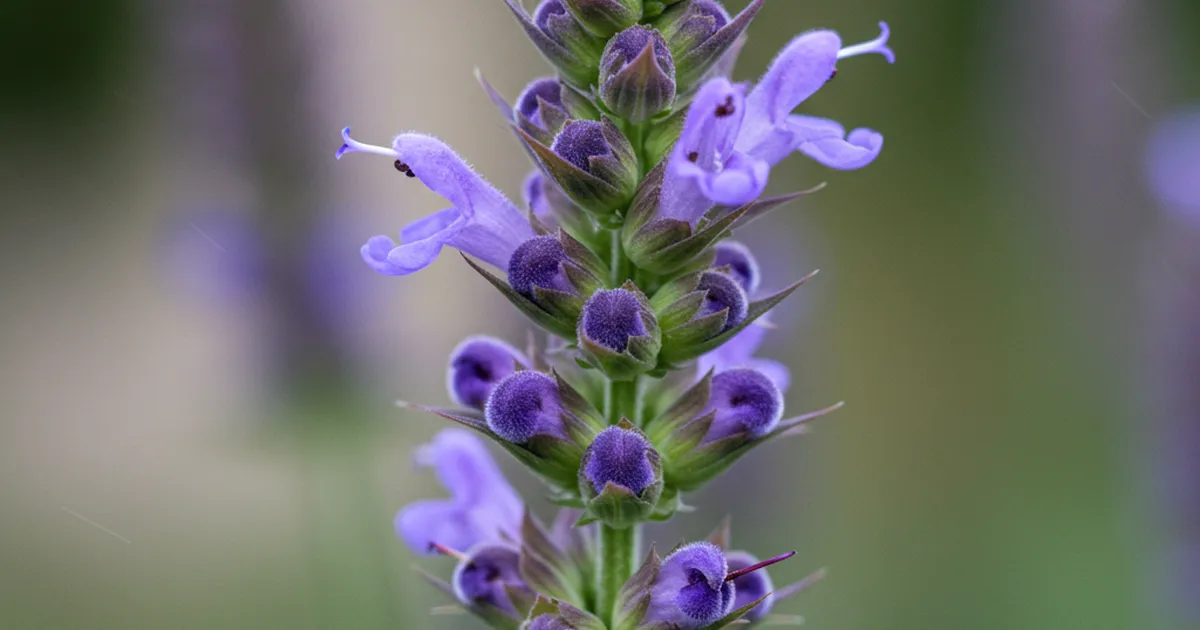Introduction:
While challenging to pronounce (“ah-GAH-stuh-kee”), this abundant herbaceous perennial boasts over 22 different species, many of which are native to North America, and is highly valued for its ability to attract pollinators. The term “agastache” has Greek origins and translates to a large ear of grain, alluding to the profusion of flower spikes. Apart from being a beneficial addition to gardens, agastache is visually appealing, coming in a variety of striking colors ranging from light pink to deep purple, blue, red, orange, and white. It emits a minty, herbal aroma. Both the leaves and flowers are edible and can be dried to create a delicious herbal infusion.
Agastache is resistant to deer and rabbits and acts as a magnet for bees, butterflies, and hummingbirds. This perennial blooms for an extended period throughout the summer, providing vibrant hues for weeks on end. It is closely related to catmint, another perennial that is friendly to pollinators.
| Common Name | Giant hyssop, hummingbird mint, licorice mint |
| Botanical Name | Agastache spp. |
| Family | Lamiaceae |
| Plant Type | Perennial, herbaceous |
| Mature Size | 3-5 ft. tall, 1-3 ft. wide |
| Sun Exposure | Full |
| Soil Type | Well-drained |
| Soil pH | Acidic |
| Bloom Time | Summer |
| Flower Color | Red, pink, orange, blue, purple, white |
| Hardiness Zones | 3-10 (USDA) |
| Native Areas | North America, South America
Varieties of Agastache
Steps for Growing Agastache From SeedOnce agastache is well-established, it will spread quite vigorously from seed. To harvest the seeds, allow them to fully mature on the plant until they are completely dry, but gather them before they open and scatter. Turn the seed heads upside down into a bowl or paper bag to collect the seeds. Agastache seeds require cold stratification to sprout, so the most effective way is to sow them directly in the garden in the autumn, allowing them to be exposed to the cold winter temperatures:
Planting and Replanting AgastacheAgastache can be cultivated in pots as long as adequate space is provided for its extensive root system. Opt for a pot with sizable drainage holes that is at least two to three inches larger in diameter than the original pot. Since Giant hyssop grows quite tall and is prone to toppling, consider selecting a dwarf variety instead. Utilize well-draining potting soil and bear in mind that potted plants require more frequent watering and fertilizing compared to those in the ground. When the plant’s roots have outgrown its current container, transplant it into a larger pot with fresh potting soil.
Surviving the WinterIf you have a type of agastache plant that is a perennial and can withstand the winter conditions in your area, you do not have to provide any protection for it during the winter season. The plant naturally becomes dormant in the autumn, so it is advisable not to trim the dry brown stems immediately. It is better to leave them on the plant and wait to trim them back to ground level in the spring to allow space for fresh growth.
Pests and Plant Diseases Frequently FoundAgastache is resistant to major pest infestations and diseases. However, in soil with inadequate drainage, the plant may develop root rot. Common fungal diseases that may affect Agastache include powdery mildew and leaf spot.
Tips for Inducing Agastache to FlowerAgastache is highly appreciated for its long-lasting flowering period. Unlike many other perennial plants, it often blooms within the first year. If it fails to bloom, it is usually due to over-fertilized soil. Blooming SeasonThe blooming period of agastache slightly varies depending on the species and climate, but typically falls in the summer, from midsummer to late summer, and sometimes extending into early fall. Duration of Agastache BloomsUnder optimal conditions, agastache can flower for several months, throughout the summer. Appearance and Fragrance of Agastache FlowersAgastache displays tall flower spikes with a strong, spicy aroma. The scent varies based on the specific species. For instance, anise hyssop emits a fragrance reminiscent of licorice, while other types may smell like pink bubble gum, root beer, lavender, or mint. Promoting More FloweringTo encourage branching, trim the growth tips in spring when the plants reach around 6 inches in height. Consistent deadheading throughout the growing season promotes continuous blooming. Refer also to the Pruning section for more details. Post-Blooming Care for AgastacheIf you prefer to prevent self-seeding, remove the seed heads before they release the seeds. Removing Spent Agastache FlowersEliminating spent flowers from agastache encourages further blooming and helps manage the plant’s tendency to self-seed. |
FAQ
Is Agastache Considered Invasive?
If you have planted agastache, such as hummingbird mint, in your garden



